Big cats, with their majestic presence and captivating allure, have always fascinated humans. However, beyond their enchanting appearance, they play a crucial role in maintaining the delicate balance of biodiversity in their natural habitats. These apex predators are not just symbols of strength and beauty; they are vital components of their ecosystems. This article delves into the essential role big cats play in preserving the biodiversity of their regions, highlighting the importance of their conservation.
The Role of Apex Predators
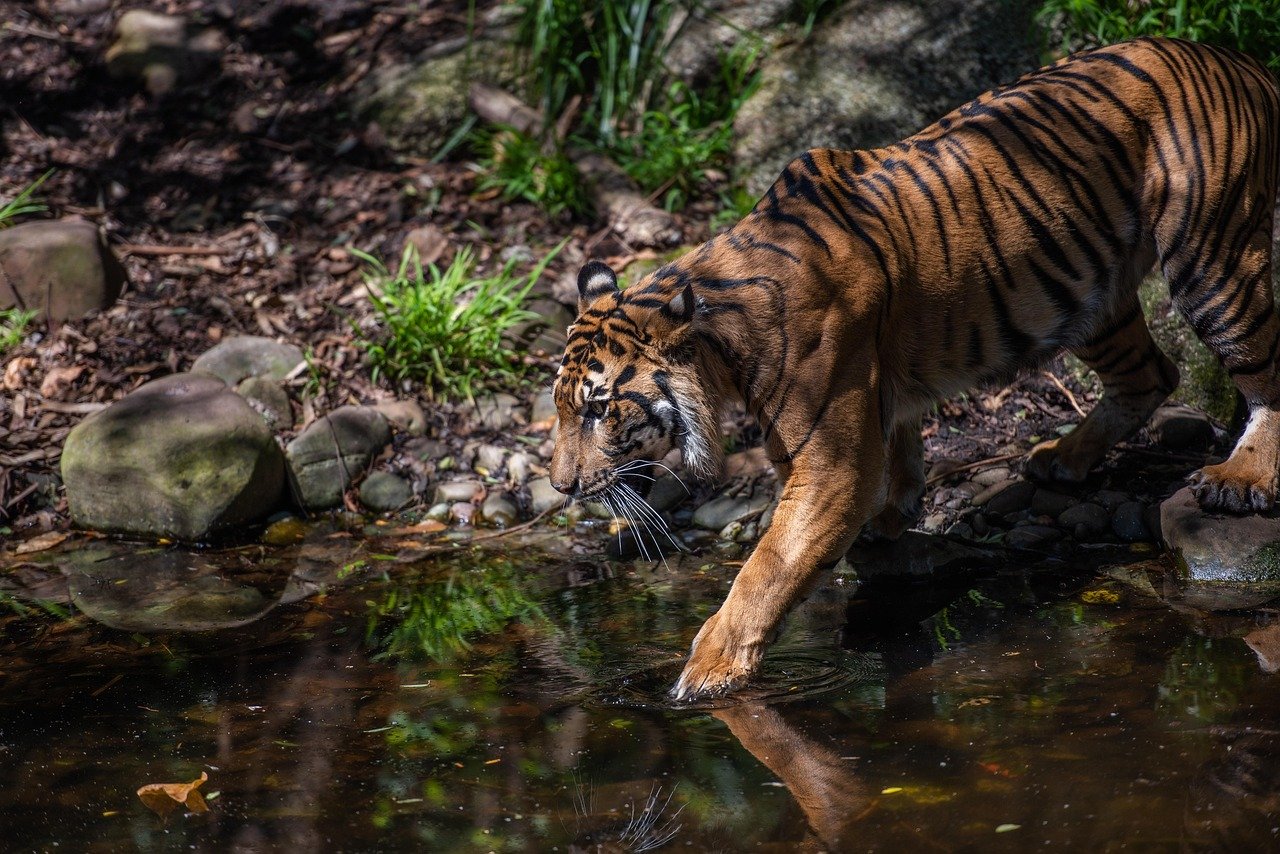
Apex predators, like big cats, sit at the top of the food chain. They have no natural predators and play a significant role in controlling the population of prey species. This regulation prevents overgrazing and maintains the health of the ecosystem. By keeping the prey population in check, big cats indirectly support the growth of plant life, ensuring a balanced environment. Without these predators, ecosystems could face catastrophic changes, leading to a loss of biodiversity.
Maintaining Prey Population Balance
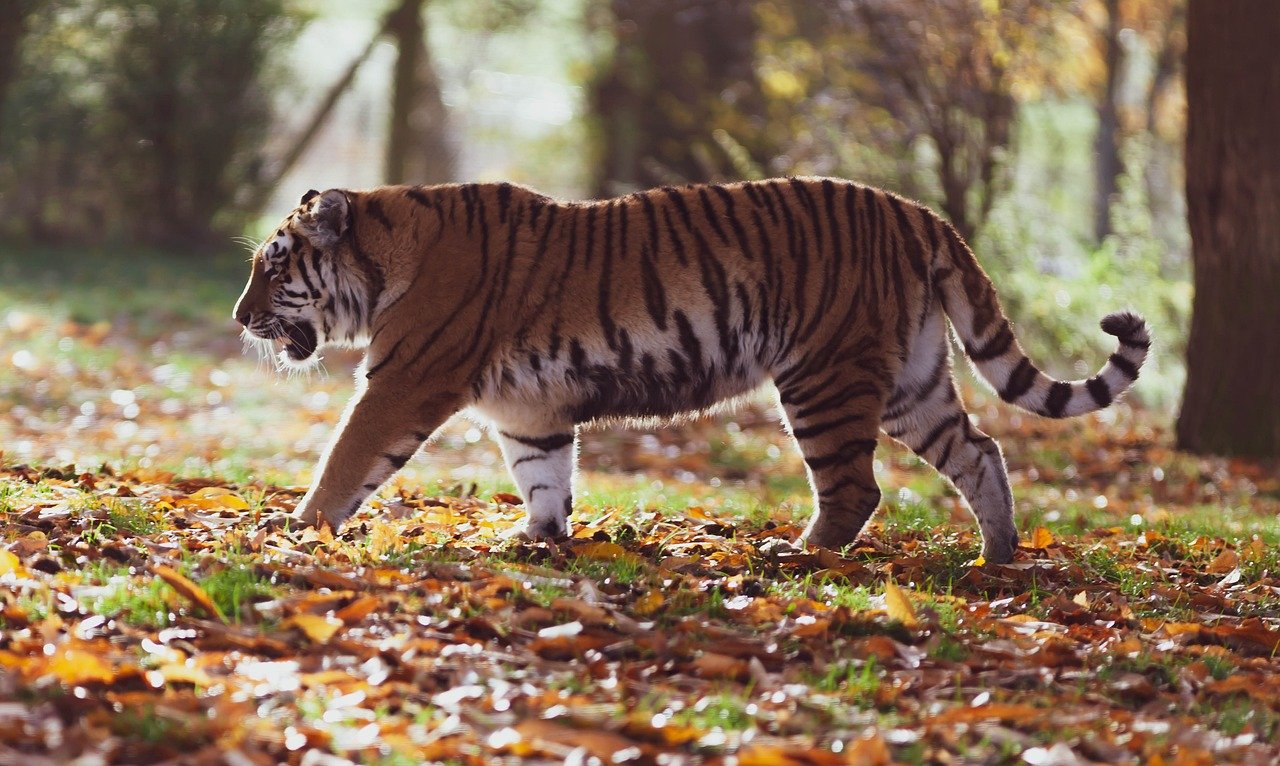
Big cats help maintain the balance of prey populations within their habitats. By hunting herbivores, they prevent these animals from overpopulating and depleting vegetation. This control ensures that plant life can regenerate, providing food and shelter for a myriad of other species. This delicate balance is crucial, as it supports a wide range of biodiversity, from insects to birds, which rely on healthy plant populations for survival.
Preventing Overgrazing
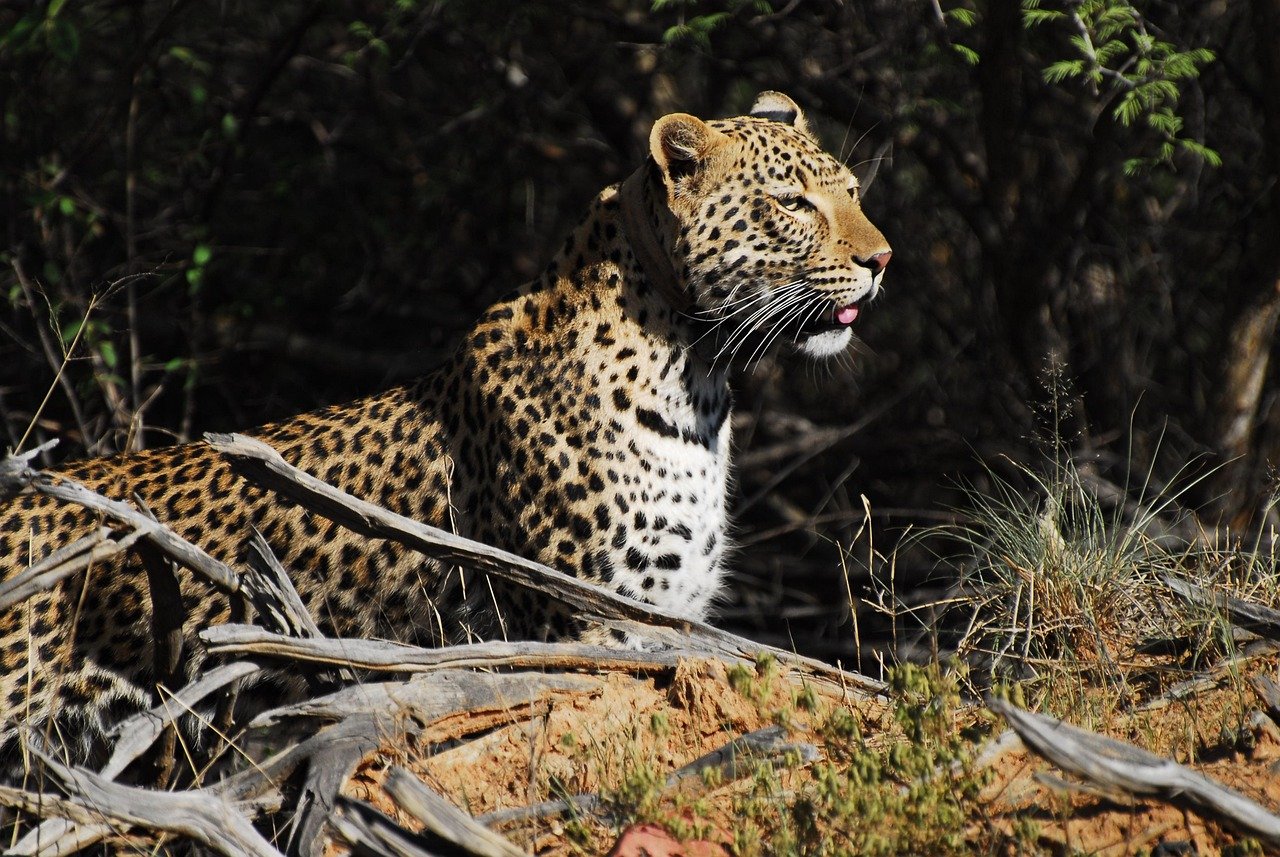
Overgrazing occurs when herbivores consume vegetation faster than it can naturally regenerate. This can lead to soil erosion, loss of plant species, and ultimately, a decline in biodiversity. By preying on herbivores, big cats help prevent overgrazing, allowing vegetation to thrive. This not only supports the ecosystem but also ensures the survival of the herbivores themselves, as they depend on healthy plant life for sustenance.
Supporting Ecosystem Health
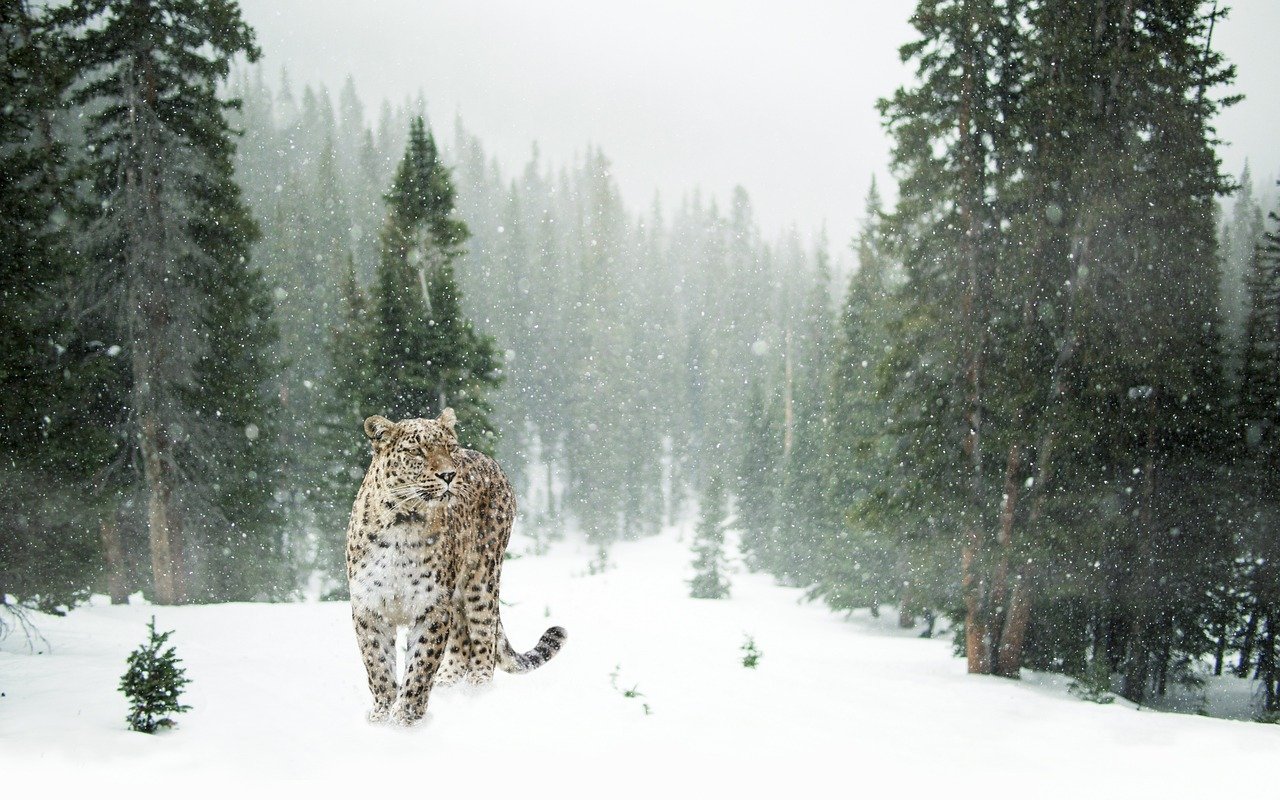
Big cats contribute to the overall health of their ecosystems by maintaining species diversity. Their presence helps control the populations of other predators, thus preventing any one species from dominating the ecosystem. This balance is essential for the survival of a variety of organisms, each playing a unique role in their environment. A diverse ecosystem is more resilient and better equipped to adapt to changes, such as climate variations or natural disasters.
Contributing to Genetic Diversity
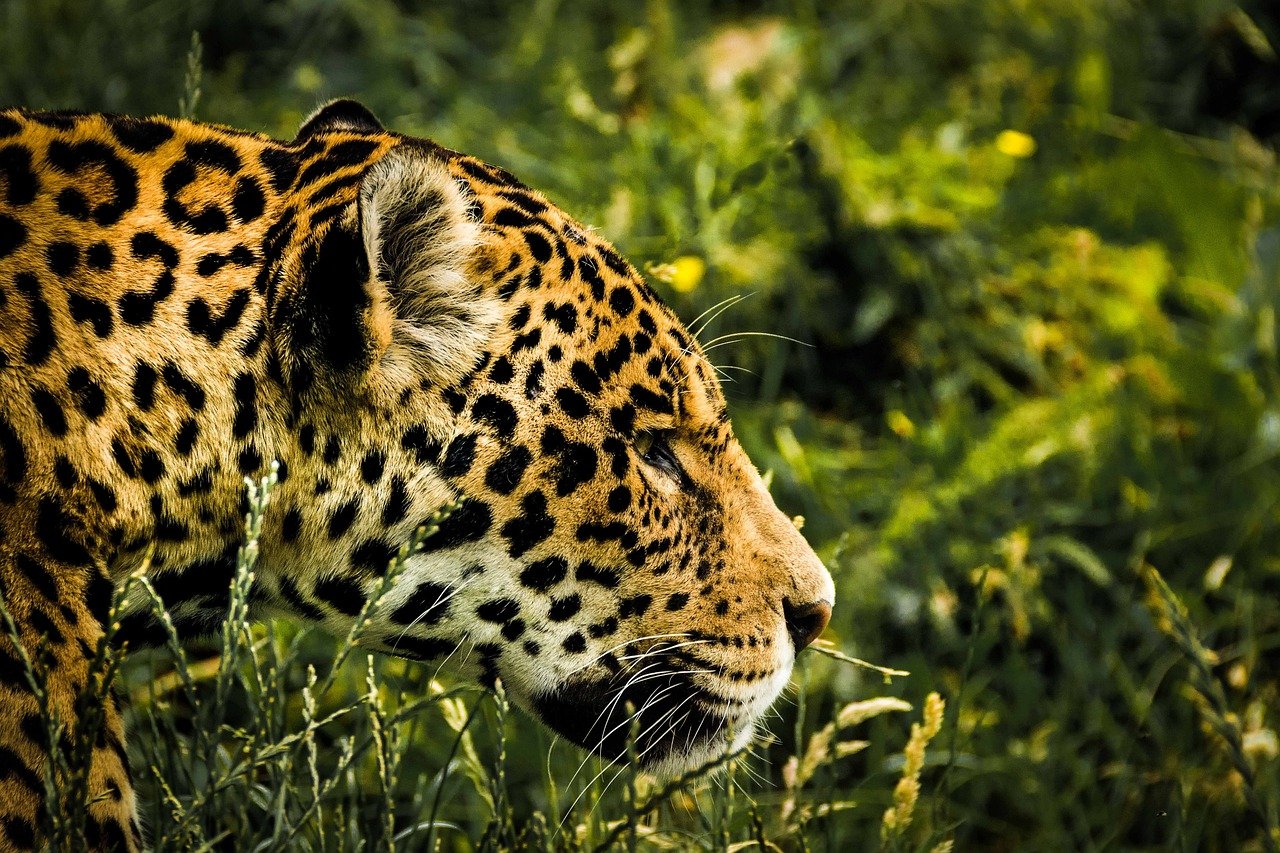
The presence of big cats promotes genetic diversity within prey populations. By preying on the weak or sick individuals, they ensure that only the strongest and healthiest animals survive to reproduce. This natural selection process enhances the genetic pool of the prey species, leading to more resilient populations. Genetic diversity is crucial for the adaptability and long-term survival of species in changing environments.
Creating Opportunities for Other Species
When big cats hunt, they often leave behind carcasses that become a vital food source for other animals. Scavengers, such as vultures and hyenas, rely on these remains for nourishment. By providing this resource, big cats inadvertently support a wide range of species, contributing to the overall biodiversity of their habitat. This interconnectedness highlights the importance of each species in maintaining the balance of the ecosystem.
Indicators of a Healthy Ecosystem
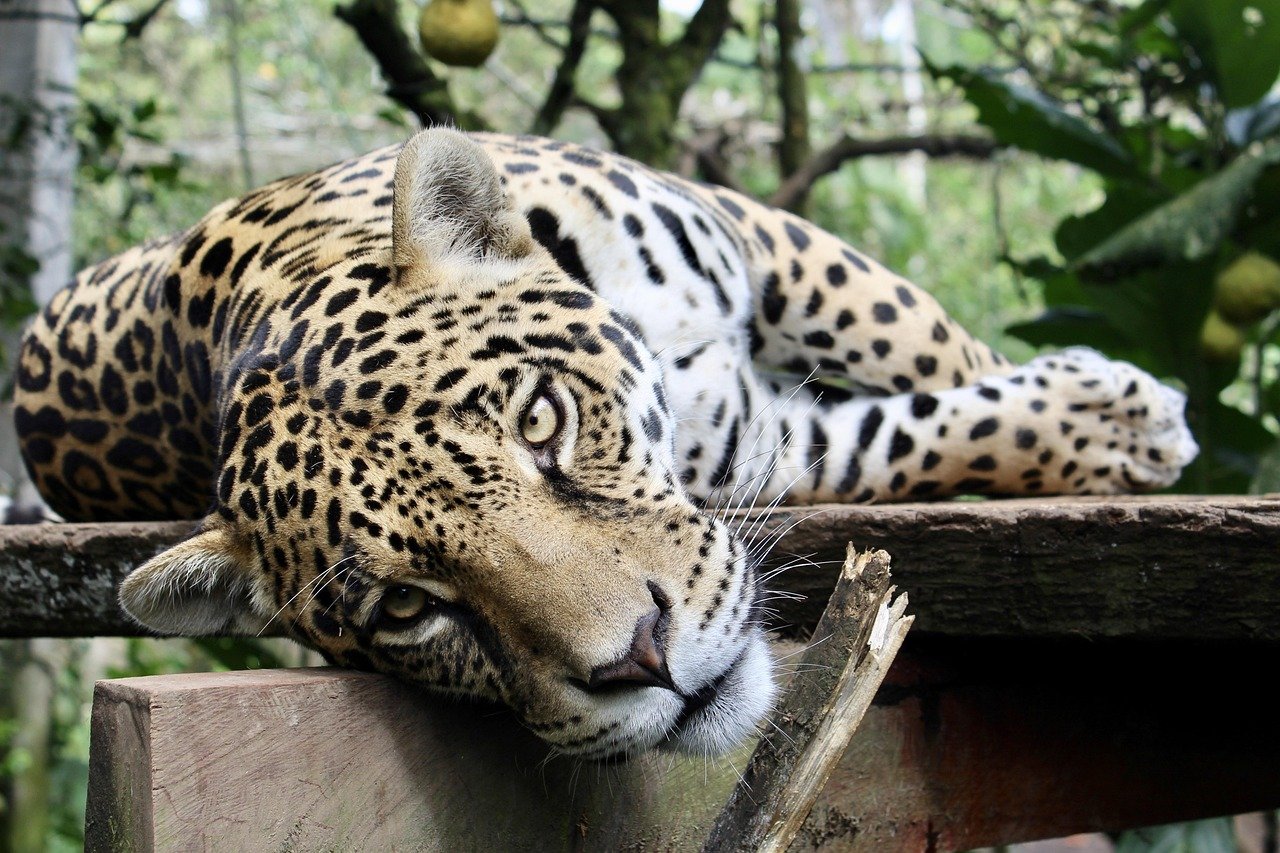
The presence of big cats is often an indicator of a healthy ecosystem. Their survival depends on a stable environment with abundant prey and thriving vegetation. If big cats are thriving, it suggests that the ecosystem is well-balanced and capable of supporting diverse life forms. Conversely, a decline in big cat populations can signal underlying issues within the ecosystem, prompting conservationists to investigate and address potential problems.
Economic and Ecological Benefits
Big cats provide both economic and ecological benefits. Ecotourism, driven by the allure of seeing these magnificent creatures in their natural habitat, generates significant revenue for local communities. This economic incentive can drive conservation efforts, ensuring the protection of big cats and their environments. Moreover, healthy ecosystems, supported by the presence of big cats, offer services such as clean water, fertile soil, and carbon sequestration, essential for human well-being.
Challenges in Big Cat Conservation
Despite their importance, big cats face numerous threats, including habitat loss, poaching, and human-wildlife conflict. As human populations expand, natural habitats are encroached upon, reducing the space available for big cats to roam and hunt. Poaching for fur and body parts further diminishes their populations. Conservation efforts must address these challenges by promoting habitat protection, anti-poaching measures, and coexistence strategies between humans and big cats.
The Future of Big Cats and Biodiversity
The future of big cats and the biodiversity they support is uncertain. However, with concerted conservation efforts, there is hope. Raising awareness about their ecological importance, implementing sustainable practices, and fostering coexistence between humans and wildlife are crucial steps. By understanding and valuing the role of big cats, we can ensure that these magnificent creatures continue to thrive, maintaining the biodiversity of their regions for generations to come.

Growing up traveling and experiencing new cultures and wonders, I have had a passion for nature, adventuring, photography, and videography. I am currently working towards a BSc in Biodiversity and Ecology at Stellenbosch University, and I hope to specialise in Marine Sciences one day.
Please send any feedback to Feedback@animalsaroundtheglobe.com






